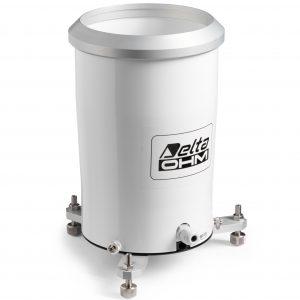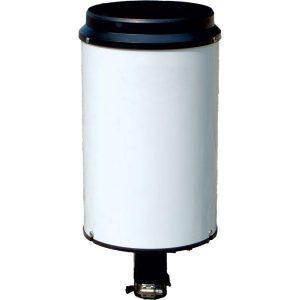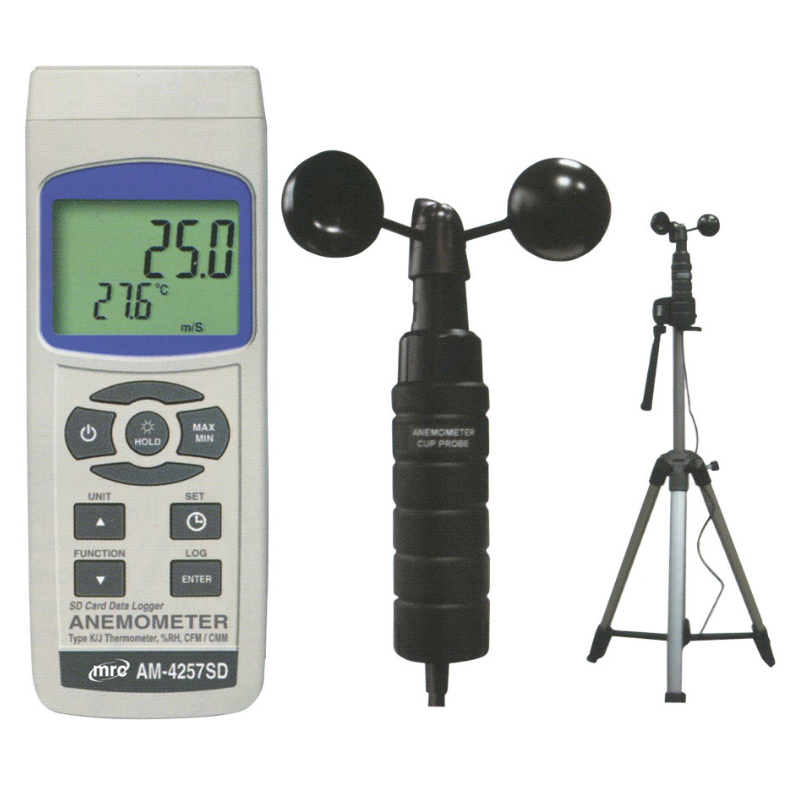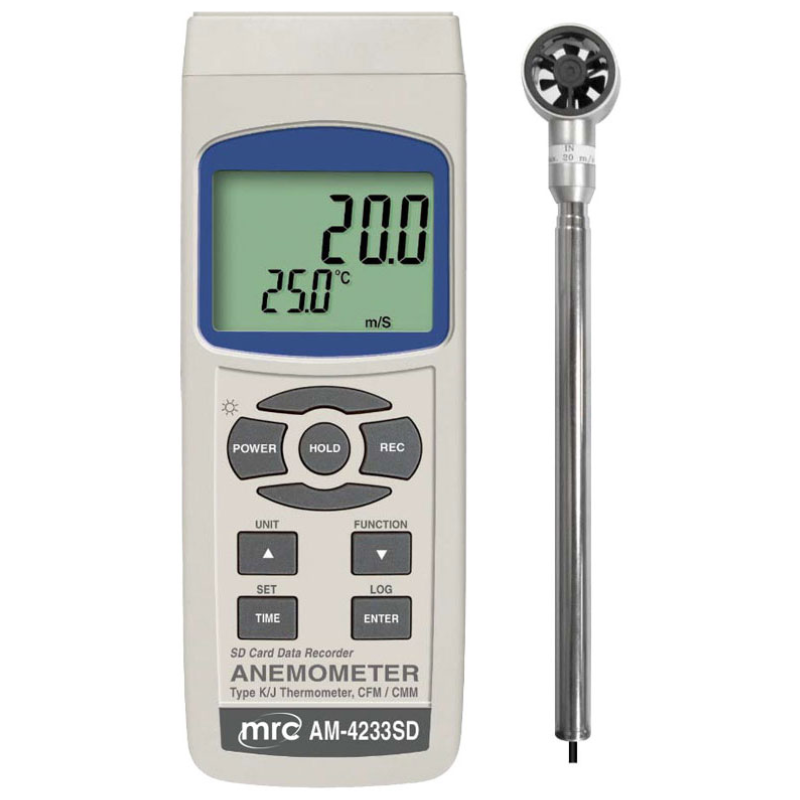Rain gauges are indispensable tools for measuring precipitation.
In the United Kingdom, where rainfall is a frequent occurrence, the utilization of rain gauges holds particular significance. This article aims to explore the importance of rain gauges in the UK, their types, historical significance, modern applications, challenges, technological advancements, and their role in climate research.
What is Rain Gauge
A rain gauge is a meteorological instrument used to measure the amount of precipitation that falls over a specific area during a certain period. It typically consists of a cylindrical container with markings indicating the amount of rainfall collected.
Why is it necessary to use a rain gauge?
Understanding Precipitation
Rain gauges provide essential data for understanding precipitation patterns, which is crucial for various sectors such as agriculture, hydrology, and climate research. By accurately measuring rainfall, scientists and policymakers can make informed decisions regarding water resource management and flood control.
Water Resource Management
In regions like the UK, where rainfall is variable and unpredictable, rain gauges play a vital role in managing water resources effectively. The data collected helps authorities in assessing water availability, planning irrigation schedules, and mitigating the impact of droughts and floods.

Types of Rain Gauges
Standard Rain Gauges
Standard rain gauges, also known as manual rain gauges, are the traditional instruments used for measuring rainfall. They consist of a funnel that collects rainwater, which is then measured using graduated markings on a cylindrical container.
Tipping Bucket Rain Gauges
Tipping bucket rain gauges are automated devices that use a mechanism where rainwater fills a small bucket, causing it to tip and empty. Each tip corresponds to a specific volume of rainfall, making it easier to record precipitation data accurately.
Weighing Rain Gauges
Weighing rain gauges measure rainfall by weighing the amount of water collected in a container. As rainfall accumulates, the weight of the container increases, allowing for precise measurement of precipitation.
Rain Gauge in the UK
Historical Significance
The UK has a long history of rainfall measurement, dating back to the 17th century. Early rain gauges were simple devices consisting of containers placed in open fields to collect rainwater. These measurements were crucial for agriculture and weather forecasting.
Modern Applications
In modern times, rain gauges in the UK have evolved significantly, with the introduction of automated and remote sensing technologies. These advancements have improved the accuracy and efficiency of rainfall measurement, enabling better decision-making in various sectors.
Purchase of Rain Gauge
MUNRO Supply a range of Rain Gauges in the UK







